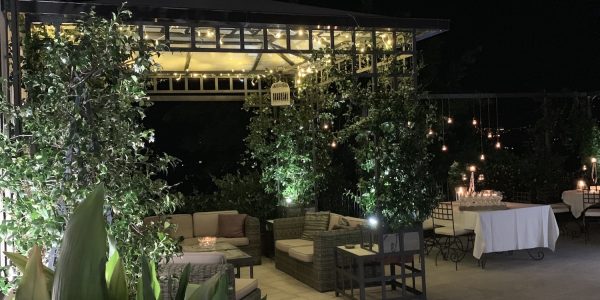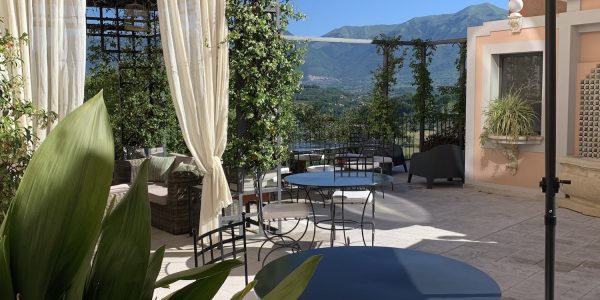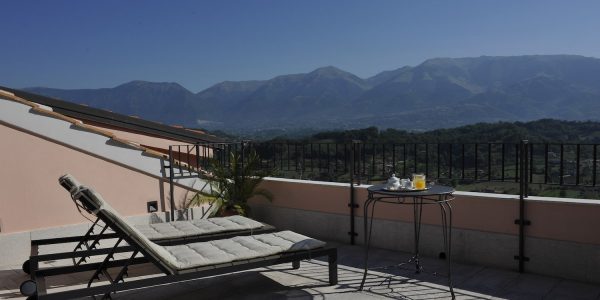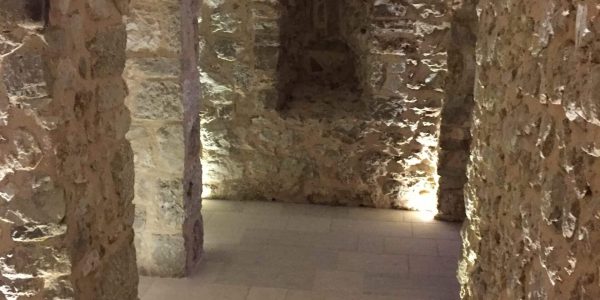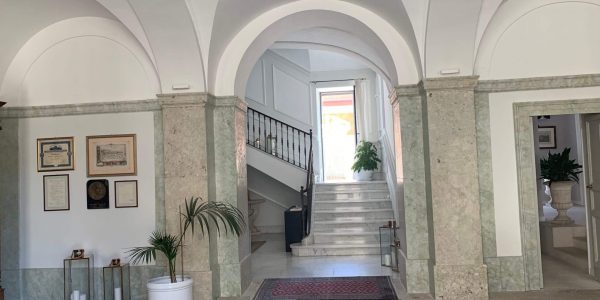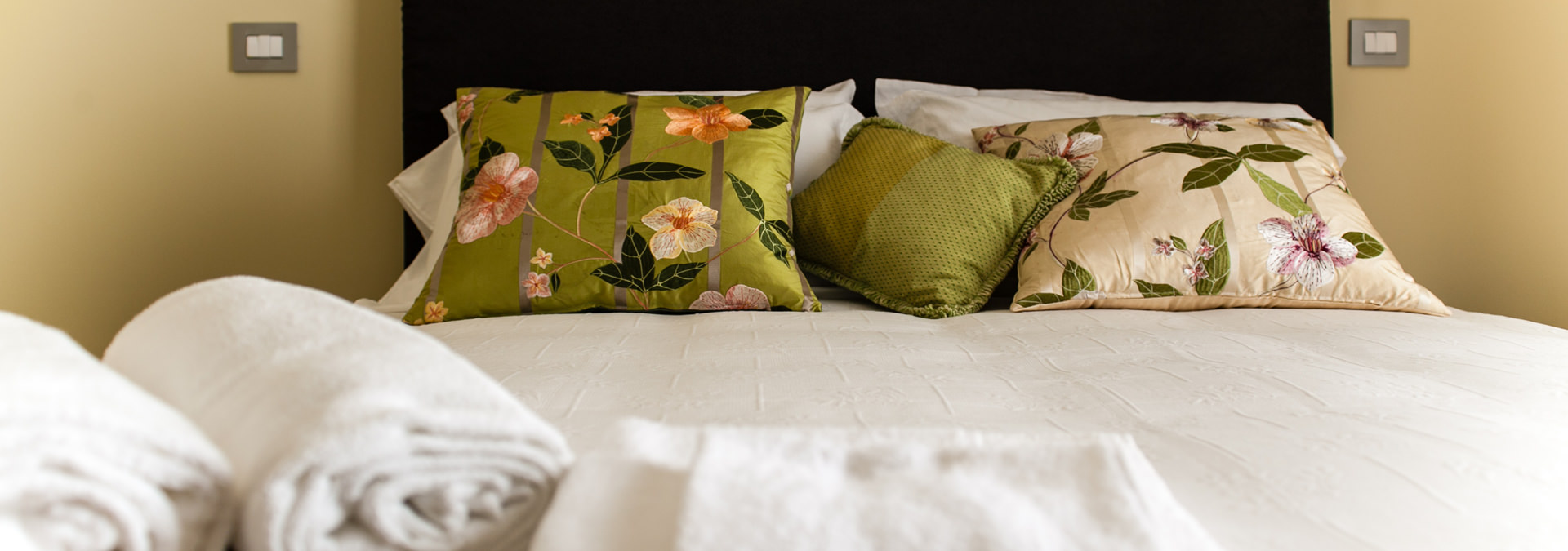
Palazzo Visocchi-Bartolomucci is a period residence, named Palazzo del Senatore in memory of Alfonso Visocchi, a well-deserving senator of the Kingdom of Italy, and located in the main square of the historic centre of Atina.
The atmosphere of the old family home, the comfort and harmony of the ancient with the modern home-like hospitality make an authentic experience in twelve rooms of various types.
Three suites and three junior suites on the main floor are furnished with care and embellished with antique furniture and refined curtains, six rooms in the intimate and cosy atmosphere of the mansard.
Bathrooms are in coloured marble and parquet floors. The spectacular terrace on the top floor is perfect to enjoy the view of the Comino Valley, the one on the ground floor for breakfast and aperitifs. The fitness area and bike room are instead for an active holiday.
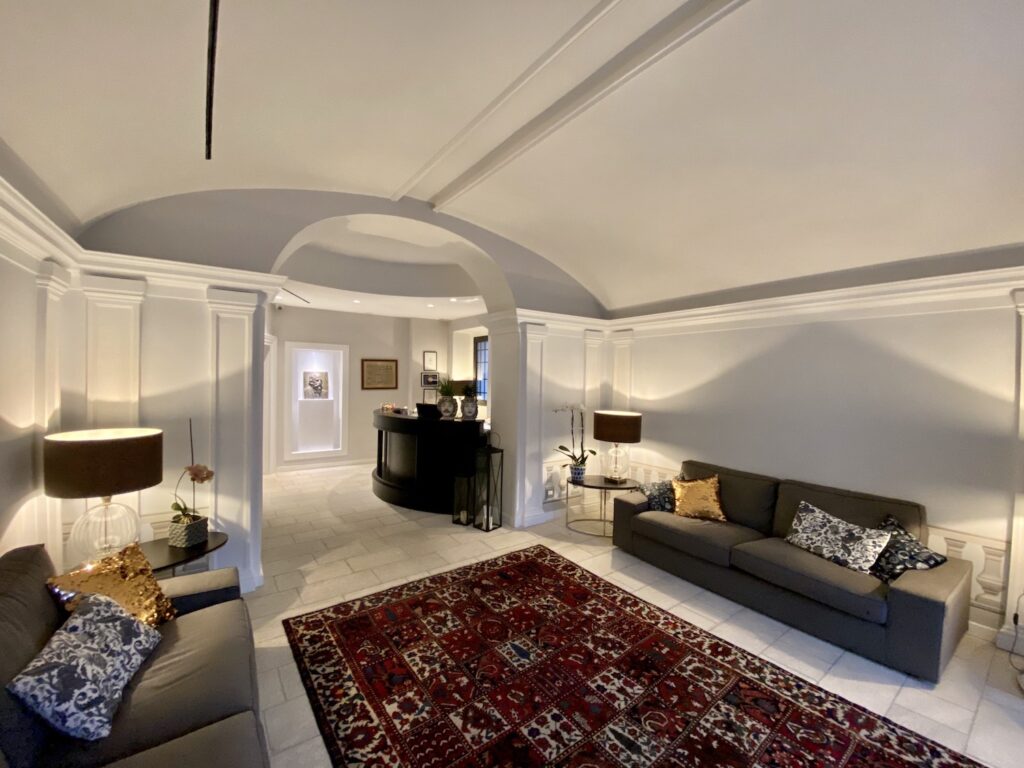
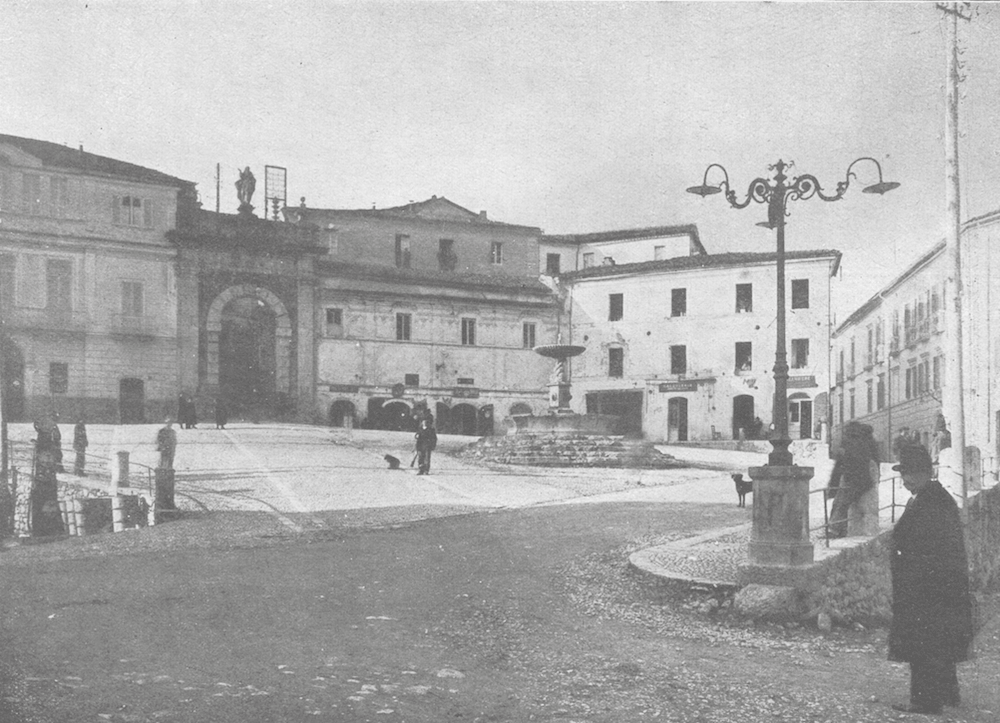
The Visocchi family, who came from Eastern Europe, arrived in Atina at the end of the 16th century and settled in the palace next to the Cantelmo family palace within the city walls.
In the second half of the 1700s, the branch of the family dedicated to agricultural entrepreneurship and descended from Francescantonio, began the construction of this palace outside the walls, which was to become their residence for the following centuries.
In the mid-1800s, the Visocchi family’s entrepreneurial activity extended to the industrial sector with the paper mill on the Melfa river and the Winery Establishment, which Pasquale (1817 – 1908), famous for having planted in this area the vines imported from France and for having started the production of Atina cabernet, placed on the lower floors of the palace. The growth in the production of various quality wines by the Stabilimento Enologico Fratelli Visocchi led, in the second half of the 19th century, to the construction of the north-eastern wing of the building, which was seriously damaged by the events of the Second World War.
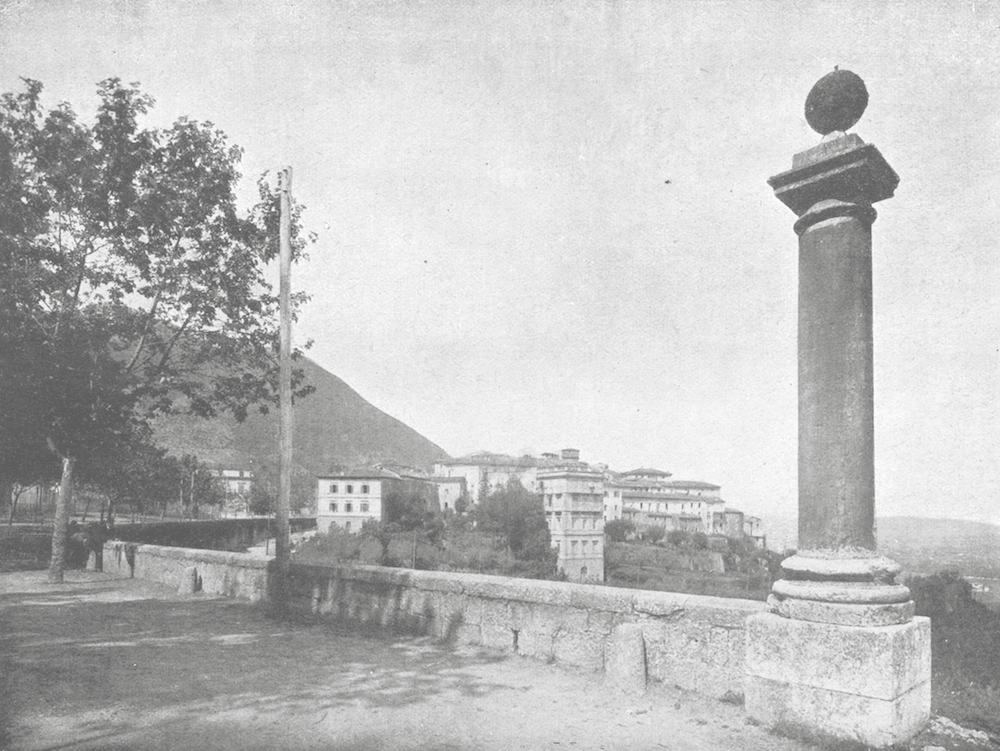
The Visocchi family, liberals and anti-Bourbon, were particularly active during the Risorgimento period, especially with Giacinto (1819 – 1854), author of the “Catechismo giornaliero per la Guardia Nazionale” (Daily Catechism for the National Guard), considered subversive, and for this reason tried by the Grand Criminal Court of S. Maria Capua Vetere in 1850 and then exiled.
With the Unification of Italy they established themselves in politics. For seventy consecutive years in Parliament, with Alfonso (1831 – 1909), deputy and senator, with Achille (1863 – 1945), deputy, senator and minister, then with Guglielmo (1900 – 1959) elected to the Constituent Assembly in 1946.
The family, also through the work of Pasquale, Francescantonio (1834 – 1905), provincial councillor, Orazio (1861 – 1935), councillor and president of the Province of Caserta, and Giuseppe (1850 – 1930), Mayor of Atina for 32 years, played a leading role in the economic and political-administrative events of Terra di Lavoro. He gave impetus to Atina and the Comino Valley both to public education, building at his own expense the Beatrice Kindergarten, Giuseppe Visocchi Elementary School (now an archaeological museum and library) and establishing the school of agriculture and the school of drawing, and to culture, restoring the municipal theatre in Palazzo Cantelmo, later destroyed by Anglo-American bombing.
The Visocchi family became related to the Sipari family and to Benedetto Croce following the marriage of Orazio Visocchi and Lucrezia Sipari in 1887, and to the Bartolomucci family following the marriage of Bice Visocchi to Olindo Bartolomucci in 1919.
At the end of the renovation of the building, architect Giuseppe Picano and engineer Bernardo Bartolomucci, designers and project managers, talk about their experience.
“When one thinks of a palace, one imagines a unicum made up of a number of rooms on several floors, with high, perhaps vaulted, ceilings, with an important staircase for representation and other secondary staircases for other functions, with beautiful facades, of “orderly design”, and a chapel, which characterise and ennoble it.
In the Palazzo Visocchi-Bartolomucci in Atina, an elegant residence dating from the end of the 18th century, these recognisable features are all there” says architect Picano.
Engineer Bartolomucci adds:
“Whoever ventures into the renovation of a building like this must have the humility and respect typical of those who want to enter into a life spanning twenty-three centuries. You encounter the signs of history: the wrinkles left by numerous earthquakes, the voids, the rubble and the reconstructions following the bombs of the Second World War. In 2011, we began the analysis of a complex whose foundations rest on a slope of limestone rock from the Apennines and are built on Roman walls from the 2nd century BC and medieval walls up to the more recent walls from the 18th/19th century, which are still visible in the basement and upper floors”.
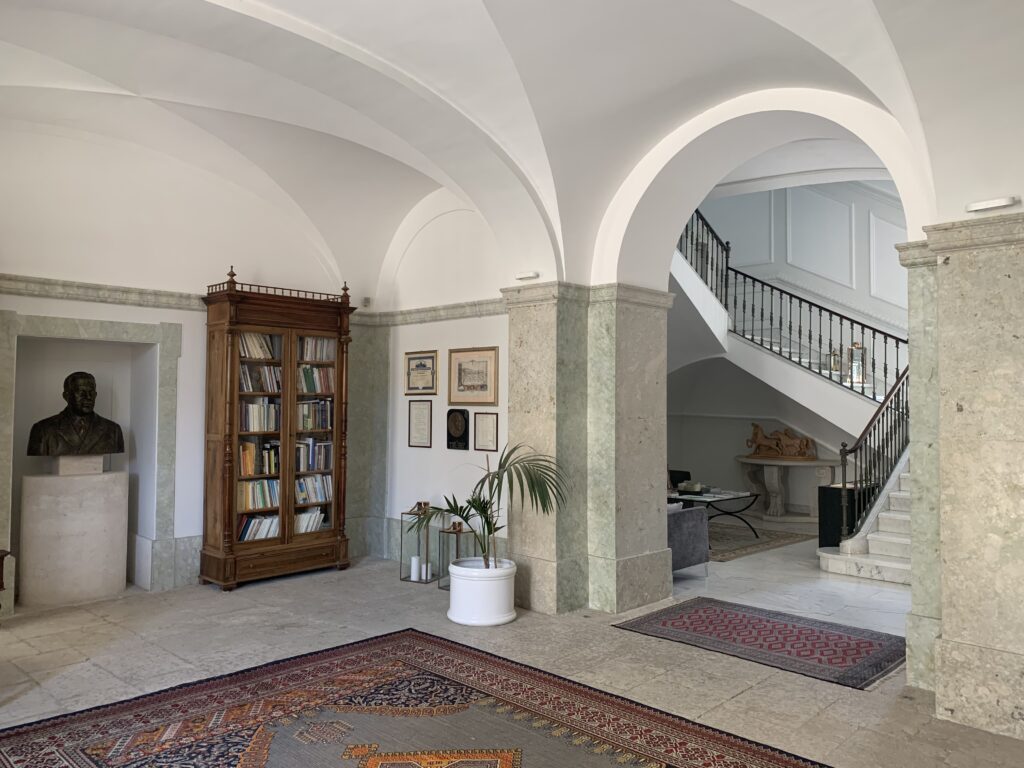

From the drawings kept in the family archives, it can be seen that, in the 19th century, the building, originally rectangular in shape, was considerably and repeatedly enlarged towards the north and west, until it took on the shape of an ‘L’, in which the ‘Stabilimento Enologico F.lli Visocchi’ continued to expand, requiring more and more space for the growth of its production.
According to the custom of the time, the factory occupied the lower floors and communicated with the countryside in the valley below, while the upper floors, which communicated with the centre of the village, were inhabited by a large, hard-working family and its servants. The idyll was destroyed by Allied bombs in 1943-44, which left only the oldest part of the building standing, although badly damaged and deprived of the chapel and frescoed gallery.
Engineer Bartolomucci says:
“In the project we rethought the palace, we wanted it to live a new season. The first intervention was the demolition of the roof: it was entirely rebuilt in laminated wood left exposed in a delicate white colour, which contrasts with the iron of the new staircase and the shiny black of the lift. The construction difficulties, which abound in this type of work, were overcome thanks to the skill of the many technicians and workers, who, with great patience and hard work, managed to graft the new lightweight wooden or steel structures onto the stone walls, always treating them with the delicacy that can be perceived in the harmony with which the new blends with the old, and leaving visible, among the stones, the details of the new works, which do not escape the notice of the most attentive eyes”.
Architect Picano continues:
“In the renovation project we wanted to preserve the atmosphere, the succession of spaces on the representative floor and, above all, the elegance of the “family” palace. The most important task was to preserve these distinctive features, while having to deal with the redistribution of the interior spaces in a new functional subdivision, suited to the palace’s destination”.
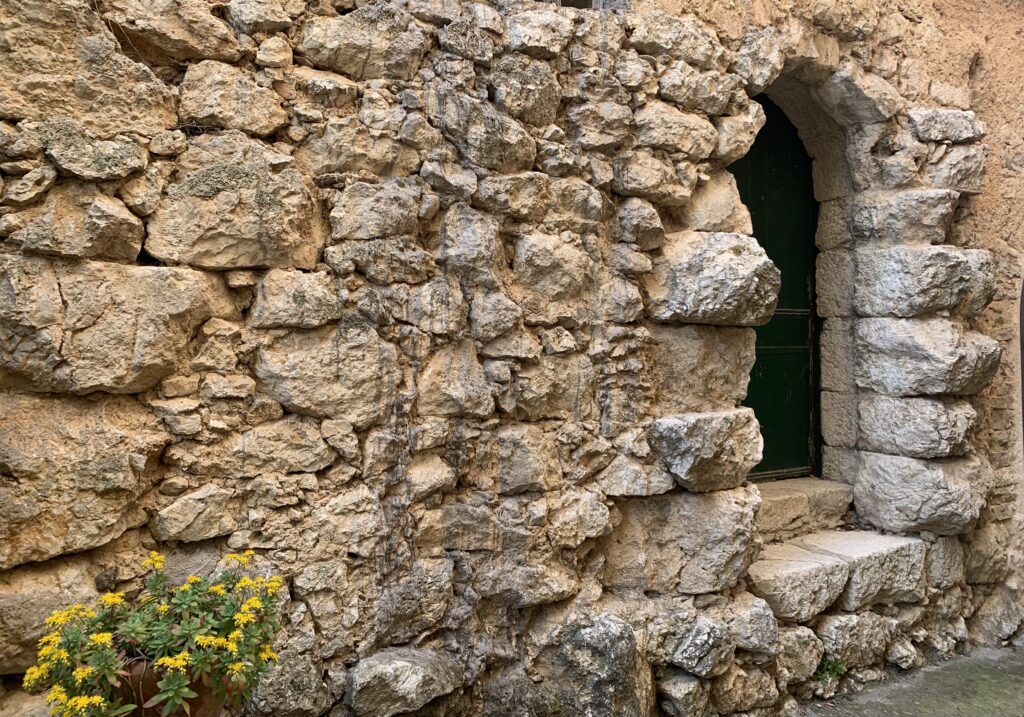
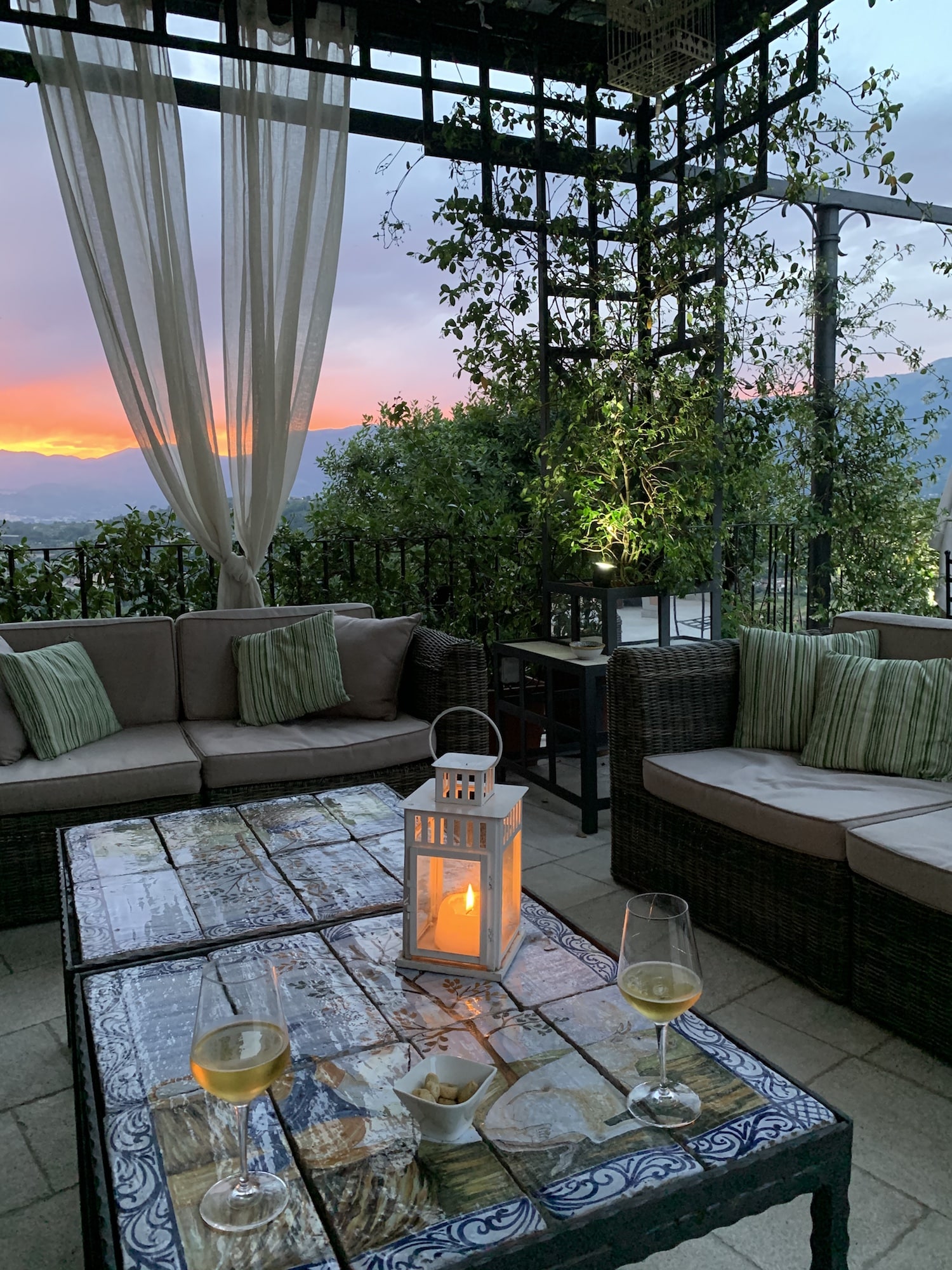
Many of the rooms still exude an ancient charm, partly because they have been furnished “with everything that was there”, combined with contemporary elements. Many of the ancient home’s furnishings have been recovered and given new life. A mere philological choice was avoided, favouring fabrics with only particular references to the past, as were the various colour schemes in the rooms.
Architect Picano concludes:
“In the renovation we sought, in the synthesis of the elements, that rigour which, while enhancing the salient elements of the building, would not give way to mannerisms; with one exception: the terrace on the ground floor, which offers guests an imaginative setting, a sort of “private square” with a view of the Comino Valley, conceived as an alternative to the real squares of Atina“.


